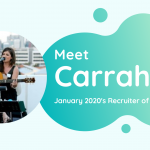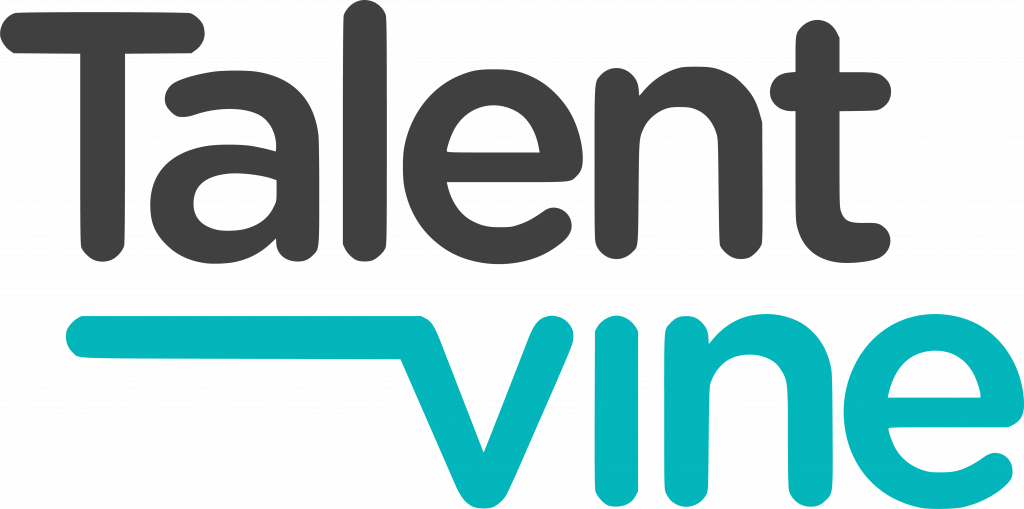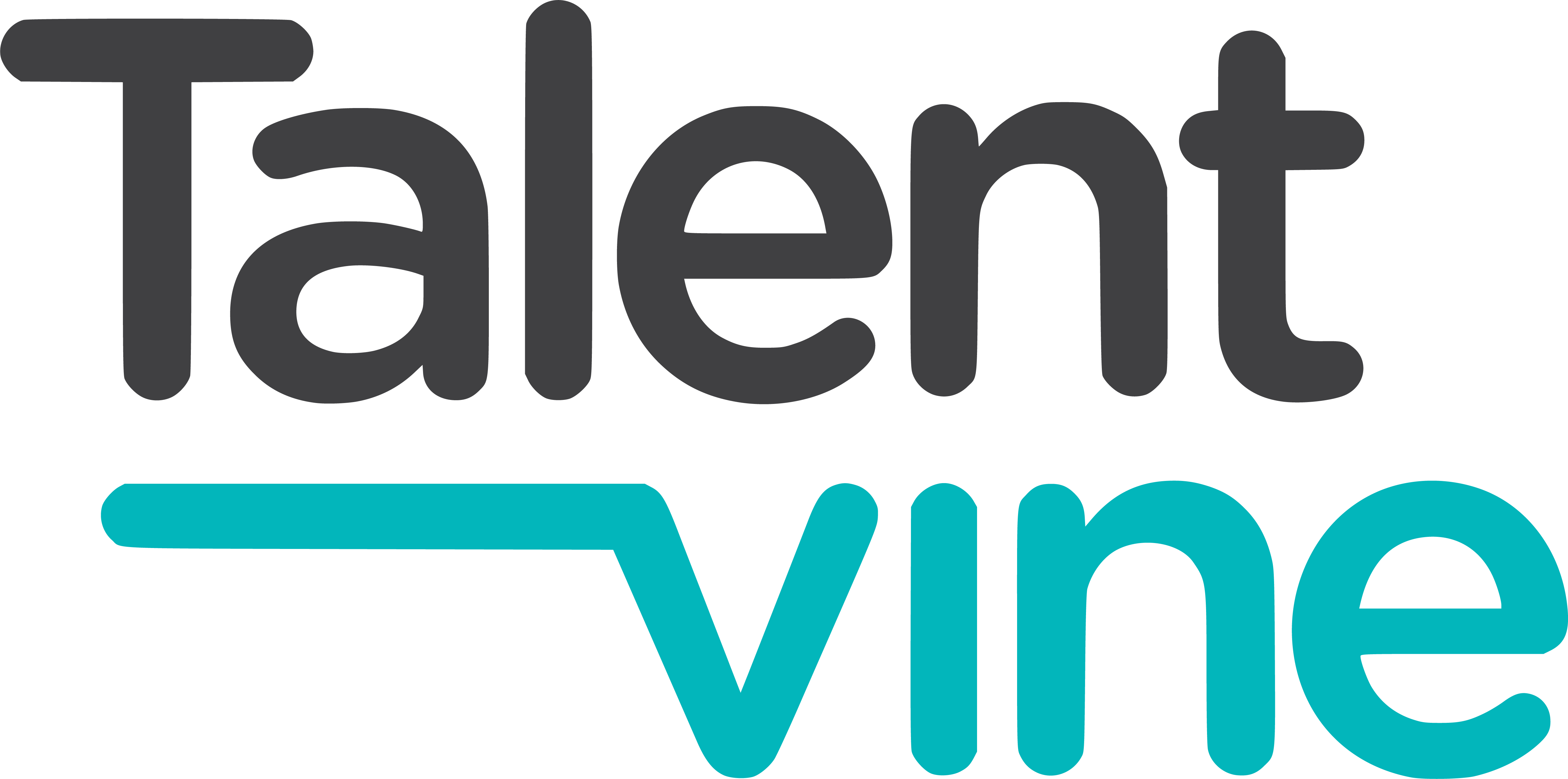The HR and Talent Acquisition industries are constantly evolving thanks to the speed that technology is now able to ‘take that hiring pain away’. To keep you abreast of these changes, here are the top five trends for 2020, backed by data:
1. Prioritising candidate experience is vital
Creating an exceptional candidate experience has become critical for an organisation looking to have an advantage over their competitors. Your brand is on show from the moment a candidate begins the process of considering you as a potential employer. What are the best strategies to create a great candidate experience in 2020?
– Create a consumer-grade candidate experience
Make your candidates feel valued throughout the process. A right combination of technology and personal touch points is key.
- Technology: Make it simple and straightforward to find and apply for roles – e.g. mobile-optimised sites, autofill function on applications, etc.
- Personal: Internal and external recruiters play a crucial role in delivering a great candidate experience as they are acting as your brand guardians in every interaction with potential candidates. Make sure they are correctly briefed and able to keep candidates informed each step of the way. When using external recruiters, ensure that they have the right track record and specialise in the area that you’re recruiting for. Having a recruiter that can discuss the detailed tech stack or engineering roadmap will add so much more credibility in the eyes of savvy candidates.
RELATED: Why Human Connection Is Still Vital In Hiring
– Align your strategy with your employer brand
Align your candidate experience strategy with your organisation’s culture, values and goals. It creates a focused, logical approach to hiring that’s holistically integrated with your talent management goals. Ensure your employer brand is accurate and not some aspirational view of what the leaders of the organisation want candidates to think otherwise as soon as they join on this false premise, you’ll experience turnover from candidates that feel they have been sold a lemon.
– Segment candidate communication
Define talent segments (contractor, full-time, freelance, part-time), and understand their needs and motivators. It’s vital to customise messages for different segments and deliver on the most suitable channels. The one size fits all approach to candidate communication is no longer effective. Gen Z don’t want to receive intrusive phone calls during the day, whilst construction staff may be more receptive to communicating via text than email.
Check the data >>>
- Applicants experiencing positive candidate experiences are 38% more likely to accept a job offer.
- Applicants who are happy with their candidate experience are more than twice as likely to recommend the hiring organisation to others, compared with those who were not satisfied (62% vs. 28%). – IBM
- 87% of talent say a good candidate experience can change their mind about a company they once doubted. On the flip side, 83% of talent say a negative interview experience can change their mind about a role or company they once liked. – Deloitte
RELATED: Candidate Experience – Why It’s Important And 5 Ways You Can Improve It
2. Soft skills are the currency of future recruitment
Many key skills are already in shortage. According to Deloitte, the skills deficit in Australia is set to grow to 29 million by 2030. And soft skills will become a big part of it. Data shows that two-thirds of jobs created between now and 2030 will be strongly reliant on soft skills. Leading recruiters are shifting their focus to hiring a candidate for the ability to adapt to changing roles in dynamic organisational structures.
Check the data >>>
- Between now and 2030, demand for social and emotional skills will grow across all industries by 26% in the United States and by 22% in Europe. – McKinsey & Company
- Today, the average worker is missing nearly two of the 18 critical skills advertised for a job. It equates to 23 million skills shortages across the economy. – Deloitte
- AI and automation will re-shape traditional roles. For instance, 25-46% of current work activities in Australia could be automated by 2030. Hard skills are most susceptible to automation. – McKinsey & Company
3. Deeper insights through People Analytics
As Peter Drucker once said, “If You Can’t Measure It, You Can’t Improve It.”
People Analytics is the HR trend that uses data to analyse and optimise an organisation’s talent management practices. Looking at statistics, 71% of companies see people analytics as a high priority. However, only 9% believe they have a good understanding of it.
What is People Analytics?
“People Analytics” is a data-driven approach to managing people at work. People Analytics looks at the entire talent lifecycle; from performance to retention, engagement, assessment, workforce planning and skill gap analysis to inform their recruitment strategy.
How to implement People Analytics
Don’t just describe data of what’s happening, but also dig into the ‘why’ of your recruitment metrics. Once you understand the ‘why’, adjust your approach to meet strategic goals. Analytics can therefore help measure and optimise how your tools and integrations improve time to hire and other recruitment metrics.
4. Tech-enabled Strategic Recruiters
The role of recruiters, both internal and external, is becoming more tech-enabled and strategic than ever before. They are supercharged in their ability to engage with stakeholders, including hiring managers, candidates and employees.
Who are the strategic recruiters and what they are actually capable of?
Firstly, the strategic recruiter looks both inside and outside the organisation to fill roles. Instead of solely focusing on attracting passive candidates, strategic recruiters realise there are great untapped resources in every organisation. Strategic recruiters can also change reactive recruitment to proactive sourcing from internal and external talent pools. Above all, the benefit is a great experience for everyone involved in the recruitment process, thanks to the technology which facilitates an accelerated workflow, automated feedback and more targeted approaches.
5. The Rise of the Recruitment Marketplace
Products such as TalentVine in Australia, Hiring Hub in the United Kingdom and BountyJobs in the United States are on the rise. Hiring exceptional talent from the passive market is much easier through the most suitable recruiter. Today, businesses and consumers move away from the sales pitch and towards more data-driven decisions on everything; from where to stay on Airbnb to the credit card with lowest fees on Finder. Recruitment Marketplaces allow organisations to:
- Engage with top-rated headhunters, resources and recruitment specialists
- Find a specialist with a great track record in a defined niche so you can leverage off the talent they have already identified for similar roles.
- Engage on terms and fees that work for you.
With technology able to aggregate ratings, performance metrics, hiring rates, similar roles recently hired and other key predictors of performance, the risk of making the wrong hire is greatly reduced.
There are options for every position, in any location with TalentVine. To understand how TalentVine’s platform significantly reduces the risk of making the wrong, please visit here.
TalentVine – The Trusted Recruitment Marketplace
If you’d like to discuss your current hiring processes, we are always happy to help. Please don’t hesitate to get in touch with the TalentVine team – you can connect with any of our 300+ specialist recruitment agencies.








